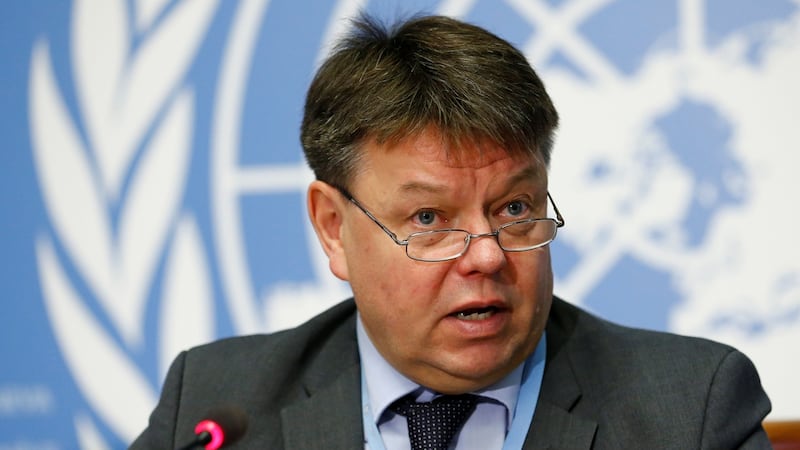Planet Earth has passed a frightening new milestone, with the highest levels of greenhouse gases seen in the atmosphere for the last 3.5 million years.
The globally averaged levels of carbon dioxide have breached the symbolic and psychologically important 400 parts per million for the first time during 2015.
And things are rapidly going from bad to worse, according to the latest statistics from the World Meteorological Organisation.

Last year’s El Niño event has pushed the 2016 CO2 levels still higher by slowing the ability of the oceans and land plants from soaking up the gas.
Various places around the world have already seen the dial pass the 400 mark, but this was the first time global average levels over the whole year were reached, the organisation said.
The Paris climate change agreement during 2015 brought fresh optimism that action was being taken to address the issue, said the organisation’s secretary-general Petteri Taalas.
“But it will also make history as marking a new era of climate change reality with record high greenhouse gas concentrations,” he said. “The El Niño event has disappeared. Climate change has not. ”
‘No surprise’
Breaking through the 400ppm level was “no surprise”, said Prof Peter Lynch, emeritus professor in the
University College Dublin
school of Mathematics and Statistics.
“This was anticipated, it has been going up steadily for a while with no hope of stopping it,” he said.
Reaching the 400 ppm mark has no special scientific meaning, “but from a political point of view it is a threshold,” he said.
More greenhouse gases mean higher global temperatures, said Met Éireann head climatologist Séamus Walsh. "Reaching this threshold figure highlights the need for urgent action to be taken to reduce CO2 emissions," he said.
The 400ppm level was an “important symbolic barrier” and a “stark reminder of the need to act if we are to contain climate change”, said Friends of the Earth Ireland director Oisín Coghlan.
The Paris agreement on climate change agreed to contain temperature increases caused by greenhouse gases to 2 degrees above what average temperatures were at the start of the industrial revolution in the 1700s.
The accord was due to come into force on November 4th and these figures showed we should “fast-track its implementation”, Mr Taalas said.
The World Meteorological Organisation’s greenhouse gas bulletin provides hard data in support of informed decision-making. It shows that CO2 in the atmosphere is now almost 1½ times the pre-industrial levels.
Other important greenhouse gases are also up. Methane is 256 per cent above and nitrous oxide is 121 per cent above pre-industrial levels.















